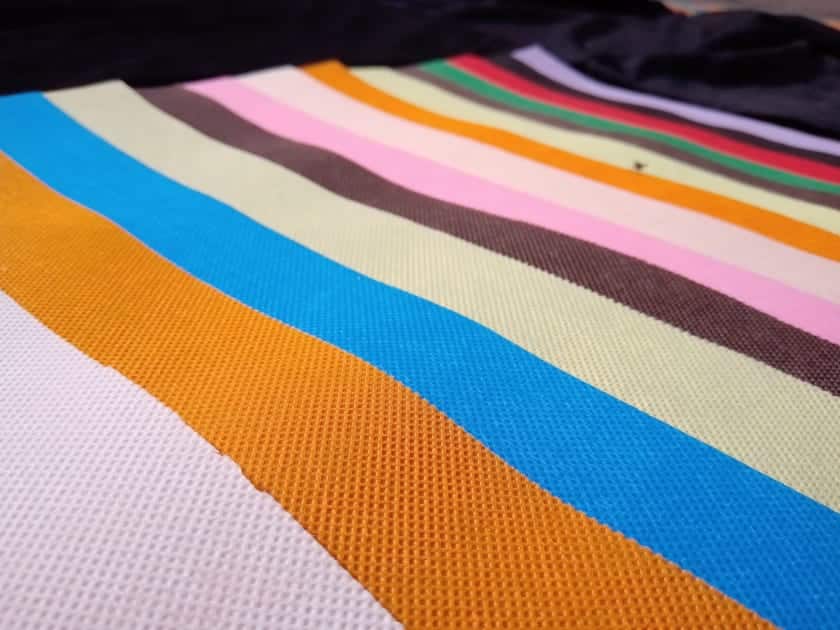Exploring the realm of nonwoven fabrics, as elucidated in the article “What is Spunbond Nonwoven Fabric, its importance and application” by Fashinza, reveals a fascinating departure from traditional textile manufacturing. Unlike woven fabrics, nonwovens are created directly from fibers, eliminating the need for the intermediate step of converting fibers into yarn.
The process behind nonwoven fabric production involves laying small fibers in sheet form and bonding them together. This bonding can occur chemically, mechanically, or with the aid of heat or solvent treatment. Among the various methods for producing nonwovens, spunbond stands out as a significant and impactful approach.
Crucial processes in nonwoven fabric production are further explored:
Melt-blown Fabric: This involves the use of polymer fibers that are melted and extruded from a spinneret with holes. The material stretches into a sheet, and hot air is passed through the stretched fibers to cool and convert them into melt-blown fabric rolls.
The versatility of melt-blown fabric is remarkable. It finds application in a wide range of purposes, including masks, PPE kits, air filtration cloths, liquid filtration equipment, cleaning cloths, oil-absorbing materials, shoe liners, bags, tea bags, and more.
The significance and expansive applications of spunbond nonwoven fabric continue to evolve, making it a pivotal player in the textile industry.
Click here to explore Acme Mills’ capabilities and products.
Photo and article with all rights reserved, courtesy of fashinza.com










